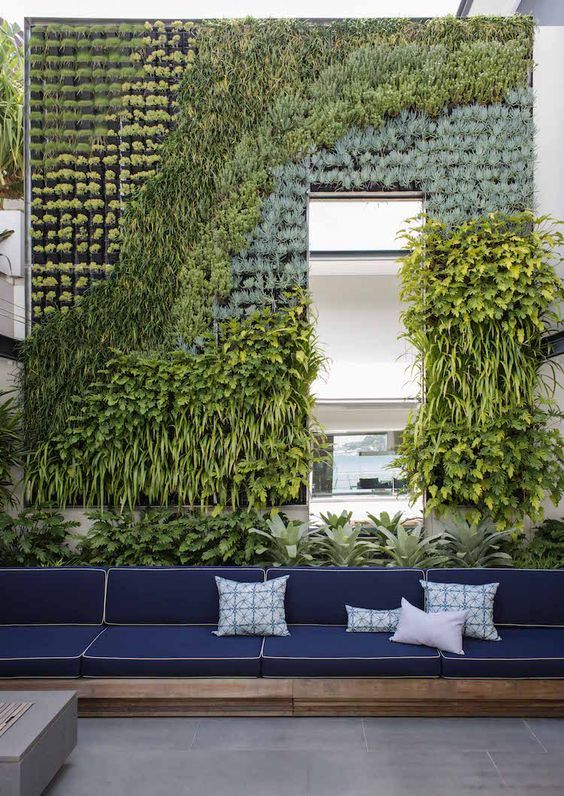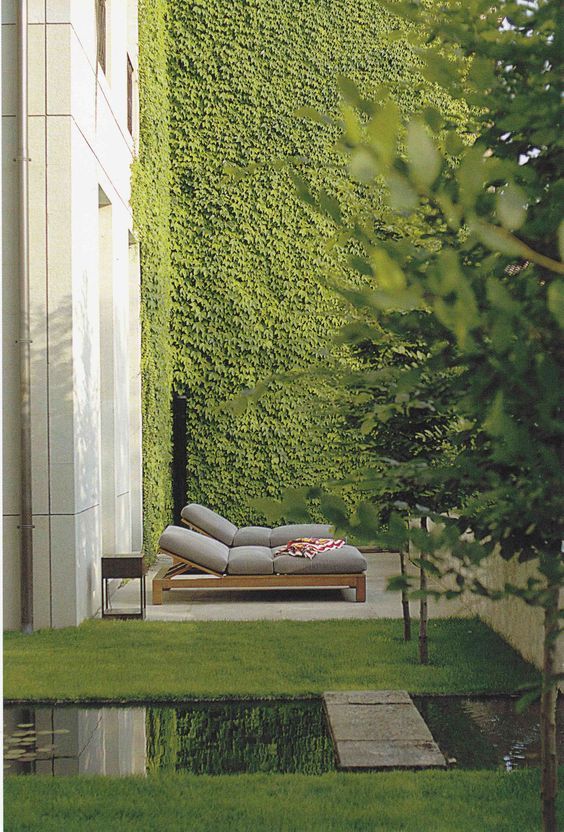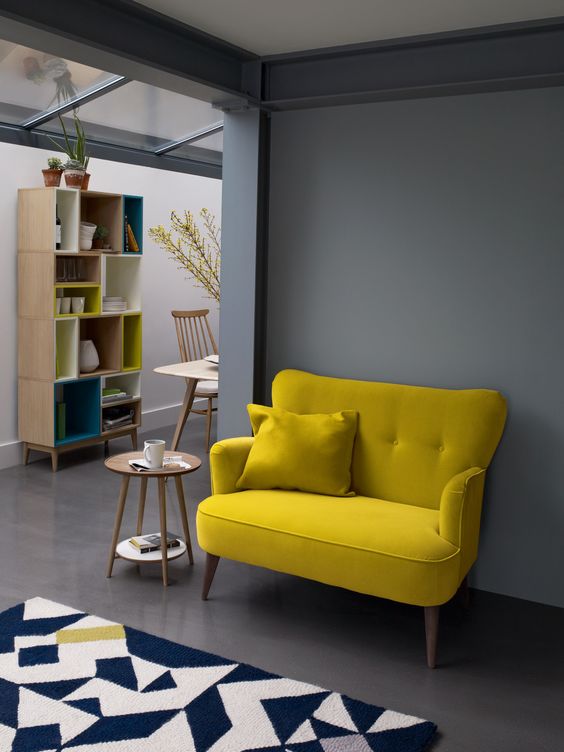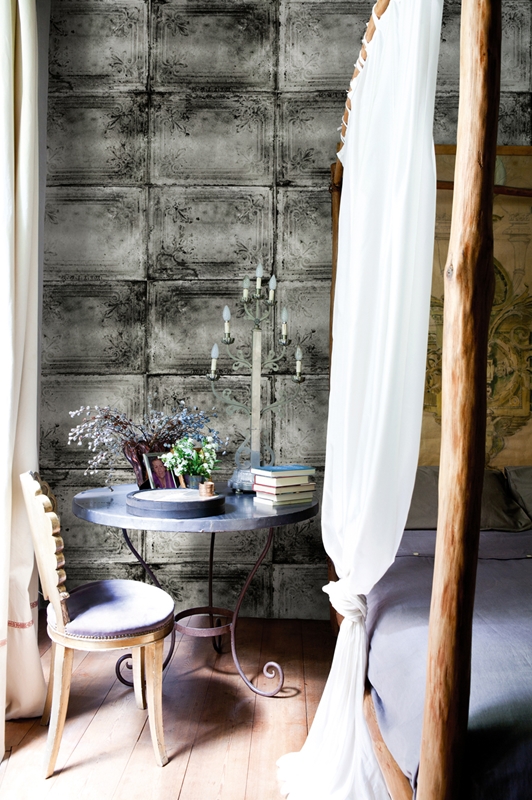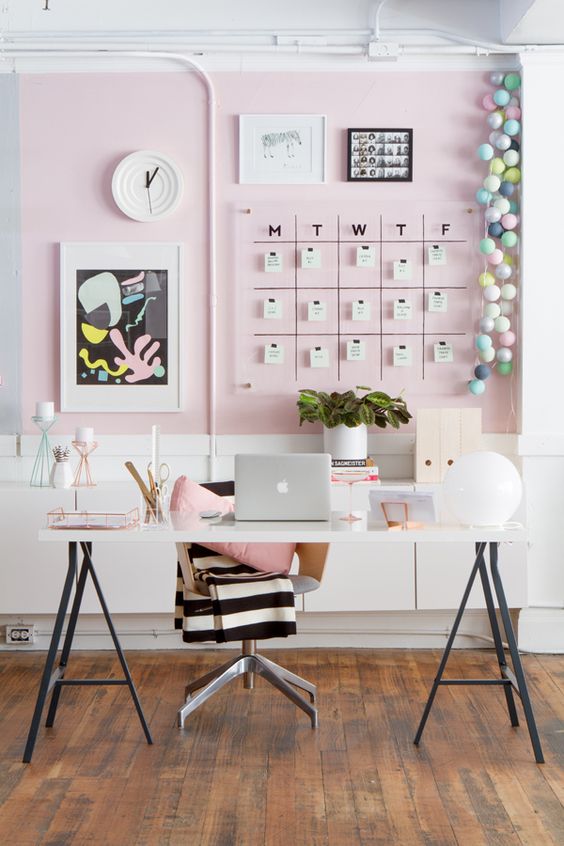How Do Living Green Walls Improve Air Quality?
The quality of the air you breathe matters. Fortunately, there’s an easy way to improve indoor air quality. With living green walls, you improve your air quality and give your indoor space a trendy new look. Find out more about indoor green walls and the way in which they can improve your air.
What is a Living Green Wall?
Over the past few decades, living green walls have become more popular in indoor and outdoor spaces. Businesses and homeowners alike have started to realize the many benefits of having a wall covered in greenery. Typically, you see them in cities but the trend is spreading to suburbs and even rural areas.
The wall can be a full or partial wall covered in soil or another type of growing medium. Then, plants are placed in the substrate and a water delivery system is installed. After the wall is finished, it’s alive with plants that improve the air quality of the room.
How Living Walls Impact Air Quality
If you think back to your high school biology class, you might remember that plants take carbon dioxide from the air and replace it with air saturated in oxygen. When you have a living wall, all of the plants work together to remove carbon dioxide and freshen your air with oxygen.
But there’s another way in which plants improve indoor air quality. They filter the air around them, absorbing toxins that would otherwise hurt your air quality. While all plants absorb toxins, some are more efficient than others. For instance, English ivy is a popular choice for improving air quality. It’s also easy to train on a wall and has relatively low maintenance.
Another excellent option for your air quality is the bamboo palm. It’s known for its ability to remove benzene and formaldehyde from the air. Similarly, Chinese evergreen makes significant improvements to your air quality.
Why Your Air Quality Matters
You might wonder why your indoor air quality matters. Most importantly, it matters for your health. There are toxins in the air you breathe, and those poisons are a hazard to your health. Bacteria, mold, and germs can spread quickly in an indoor environment. In addition to affecting your health, the unwanted particles also affect the health of everyone else in your space.

One major source of indoor toxins are chemical cleaners. Although chemical cleaners might make your home look and smell clean, they leave toxins in your air. The same is true of upholstered furniture, freshly painted walls, and new carpets.
According to the U.S. Environmental Protection Agency, the chemicals in your home may cause throat, eye, or lung irritation. In young children and the elderly, the risk is even greater. They could suffer from serious respiratory issues. Regardless of your age or health, a high level of exposure to formaldehyde may cause cancer.

By purifying the air around you, you improve your health and the health of those who enter your indoor space. There are several ways in which you could purify the air, but many of the methods are expensive. They also tend to take up space and don’t add to the aesthetics of a room.
On the other hand, a living green wall is affordable, aesthetically pleasing, and doesn’t take up floor space. If you’re interested in learning more or taking the first steps towards installing your wall, contact the Andromeda District.

